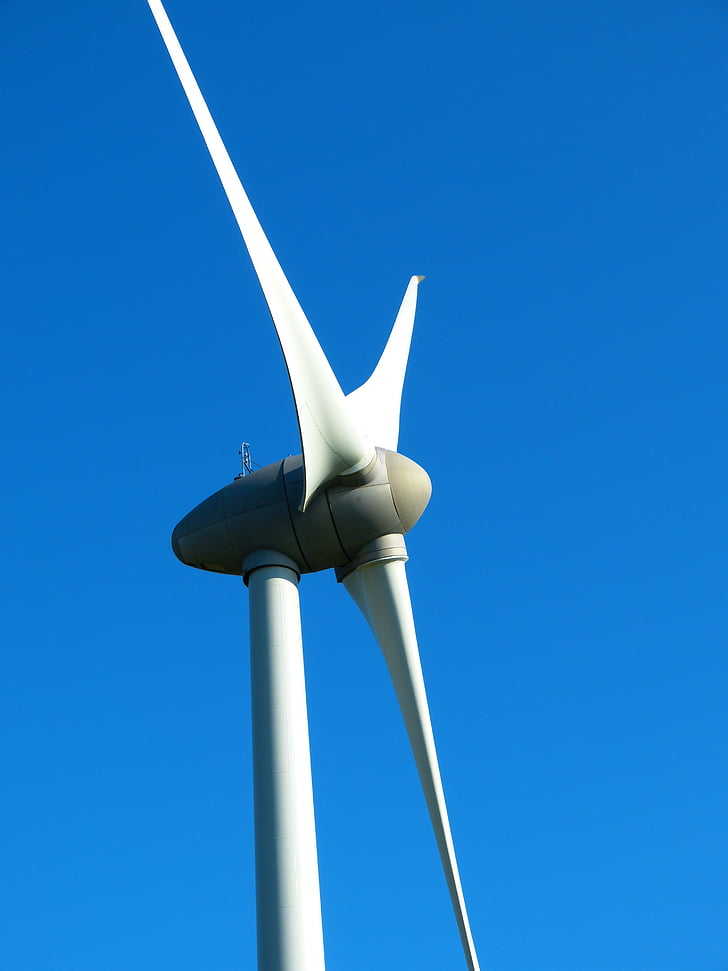
Harnessing the Wind: A Comprehensive Guide to Wind Power for Sustainable Living
Wind power stands as a prominent and viable alternative for homeowners seeking sustainable living solutions. Harnessing the energy of the wind through wind turbines has gained traction due to its potential to provide clean and green energy. This article aims to provide homeowners with a thorough analysis of wind power, covering its basic principles, cost considerations, tax rebates, environmental benefits, and challenges associated with integration into existing energy grids.
Basic Principles of Wind Power
At its core, wind power involves converting the kinetic energy of the wind into electricity. Wind turbines, equipped with blades that rotate when exposed to the wind, drive a generator to produce electrical power. The efficiency of this process is influenced by factors such as wind speed, turbine design, and site location.
Cost Considerations
Investing in wind power for residential use requires an initial financial commitment. The cost of purchasing and installing a wind turbine can vary based on factors like turbine size, tower height, and installation complexity. Homeowners should conduct a careful cost-benefit analysis, factoring in maintenance expenses, potential savings on electricity bills, and available financial incentives.
Tax Rebate Information
Governments often incentivize the adoption of renewable energy sources through tax rebates. Homeowners can benefit from federal and state tax credits that offset the initial costs of installing wind turbines. It is crucial to stay informed about existing rebate programs, as they can significantly contribute to making wind power more financially feasible for homeowners.
Tradeoffs and Environmental Benefits
Balancing the initial investment in wind turbines against long-term environmental benefits requires careful consideration. While the upfront costs can be substantial, the long-term advantages include reduced reliance on non-renewable energy sources, lower carbon footprints, and potential energy bill savings. Homeowners should weigh these tradeoffs to make informed decisions aligned with their sustainability goals.
Challenges in Integration
Integrating wind power into existing energy grids poses challenges. The intermittency of wind and fluctuations in wind speed can affect the stability of the electrical grid. Advanced grid management technologies and energy storage solutions are being developed to address these challenges and ensure a reliable power supply from wind sources.
Environmental Impact Considerations
Choosing wind power involves considering its environmental impact. While wind energy is clean and renewable, the manufacturing and disposal of turbines can have ecological consequences. Proper disposal and recycling practices are essential to minimize the environmental footprint of wind power systems.
Conclusion
Wind power stands as a promising avenue for homeowners committed to sustainable living. By understanding the basic principles, assessing costs, leveraging tax rebates, and considering tradeoffs, homeowners can make informed decisions about integrating wind power into their homes. Embracing wind energy not only contributes to a greener future but also aligns with the global effort to mitigate climate change and promote environmental sustainability.